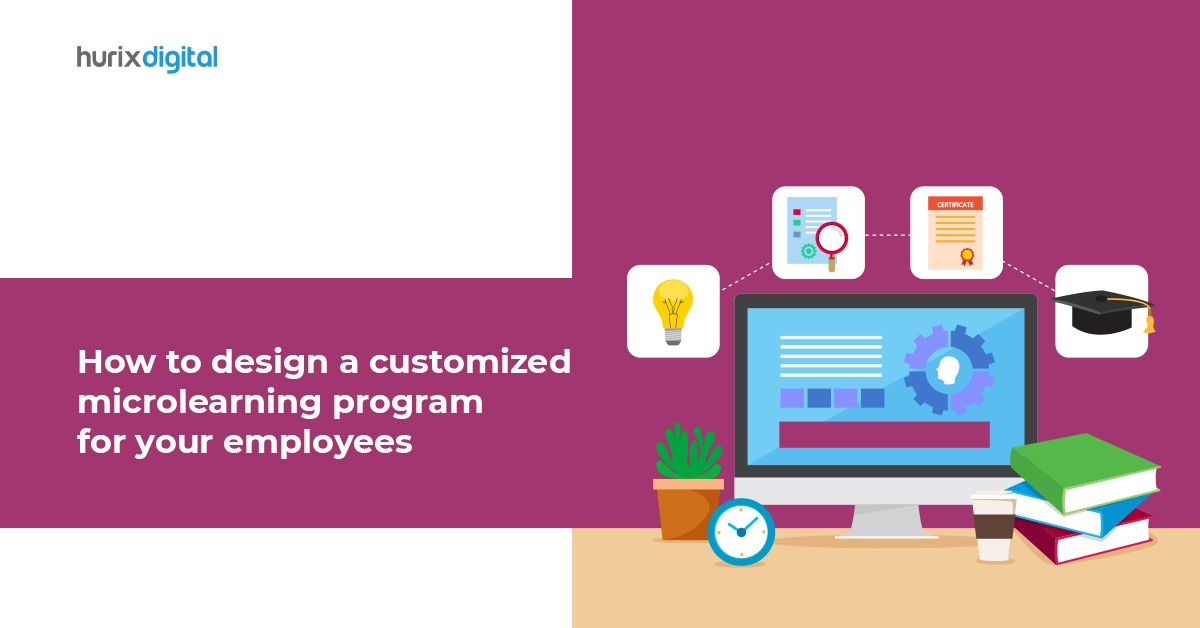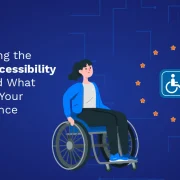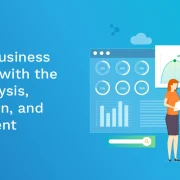
How to Design a Customized Microlearning Program for your Employees?
Summary
Learn how to design a microlearning program tailored to your employees’ needs, focusing on delivering concise, targeted content that improves knowledge retention and performance.
Microlearning is a method of delivering training content in small, easily digestible chunks that learners can consume quickly and on-the-go. In the context of workplace learning and development, microlearning has gained popularity as a way to provide employees with continuous and just-in-time learning opportunities that are aligned with their job responsibilities and goals.
Microlearning works because learners are able to retain and apply information better when it is presented in short, focused bursts, rather than in longer, more complex training sessions. Shorter sessions are more engaging and less overwhelming, making it easier for learners to stay focused and retain what they have learned.
Microlearning can take many forms, including short videos, podcasts, infographics, interactive quizzes, and mobile apps. The key is to present the information in a way that is easily accessible and engaging for the learner.
Table of content:
- What organizations get wrong about microlearning
- Why invest in a customized microlearning program?
- Steps in designing a customized microlearning program
What organizations get wrong about microlearning
The term microlearning is often misinterpreted. When organizations develop one or two short videos for a short-term need, such ad hoc interventions do not qualify as a microlearning program. While short videos or other types of content can be a useful component of a larger microlearning program, they should not be seen as a replacement for a well-designed and strategically planned program that takes a holistic approach to learning and development in the workplace.
For a microlearning program to be effective, it should be based on a thorough analysis of the learners’ needs and learning objectives, and should include a range of interactive and engaging content formats that are tailored to the learners’ preferences and performance support needs.
Moreover, microlearning should be seen as a continuous process, not a one-time event. Organizations should be prepared to invest in the development of a comprehensive and ongoing microlearning program that provides employees with ongoing opportunities for learning and development.
Why invest in a customized microlearning program?
While there are many pre-packaged microlearning courses available online, there are several compelling reasons why organizations should invest in customized microlearning programs:
Tailored to specific needs: Customized microlearning programs can be tailored to the specific needs of an organization and its employees. This means that the content can be focused on the specific skills and knowledge that are required for a particular job or industry, ensuring that employees are receiving the most relevant and applicable training.
Company-specific examples: Customized microlearning programs can include company-specific examples and scenarios, making the training more relevant and engaging for employees. This can also help to reinforce the organization’s values and culture, and to promote a sense of belonging and engagement among employees.
Better learning outcomes: Customized microlearning programs can be designed with specific performance goals in mind with ample opportunities to practice applying knowledge or skills in the context of a job role. This can lead to better learning outcomes, including higher retention rates, increased engagement, and improved performance on the job.
Ongoing learning and development: Customized microlearning programs can be designed to support ongoing learning and development, rather than being a one-time event. This can help to promote a culture of continuous learning within the organization and to support employees in their professional growth and development.
Personalized learning paths: By designing a customized microlearning program, organizations can provide learners with a range of learning paths that are tailored to their specific needs and preferences. This can help to increase engagement and motivation among learners, as they are more likely to be invested in the learning experience when it is directly relevant to their interests and goals.
Steps in designing a customized microlearning program
Designing a customized microlearning program for an organization requires careful planning and attention to the needs of the learners, the goals of the organization, and the available resources. Here are some steps to follow when designing a microlearning program:
- Identify the learning objectives: Start by defining the learning objectives for the microlearning program. These objectives should be aligned with the organization’s goals and should focus on what the learners need to be able to do on the job after completing the microlearning program.
- Analyze the audience: Understand the target audience for the microlearning program, including the nature of their work, access to technology, socio-cultural background, and existing knowledge and skills. This will help you to design content that is engaging and relevant to the learners.
- Choose the content format: Based on the learning objectives and audience analysis, choose the appropriate format for the microlearning content. This could include videos, podcasts, infographics, interactive quizzes, or mobile apps.
- Define the delivery mechanism: The delivery mechanism for a microlearning program could include a learning management system (LMS), a mobile app, or a social learning platform. Make sure that the delivery mechanism is easily accessible and user-friendly.
- Develop the content: Develop the microlearning content, keeping in mind that it should be short, focused, and easily digestible. Use visuals, interactive elements, and real-world scenarios to make the content engaging and relevant.
- Implement the program: Roll out the microlearning program to the target audience, making sure to communicate its value and encourage participation. Provide ongoing support and feedback to learners to ensure that they are engaging with the content and achieving the desired learning outcomes.
- Evaluate the program: Monitor and evaluate the effectiveness of the microlearning program, using feedback from learners and data on engagement and learning outcomes. Use this information to make improvements and refinements to the program over time.
Also read, how to use gamification in your corporate microlearning.
Need help with designing a customized microlearning program to support the ongoing learning and development of your employees? Contact marketing@hurix.com for further details.

Senior Vice President
Julia brings over 20 years of global experience in digital learning and business strategy. She specializes in client success, enterprise learning solutions, and driving growth through innovation, with a focus on AI, VR, and emerging technologies across diverse industry verticals.








